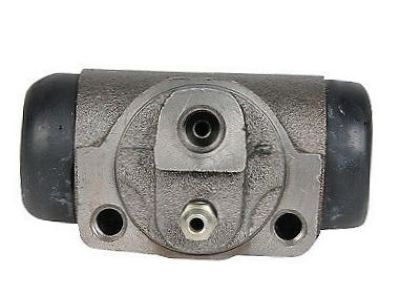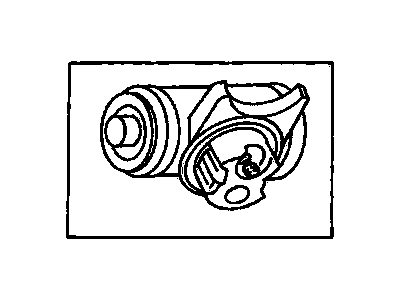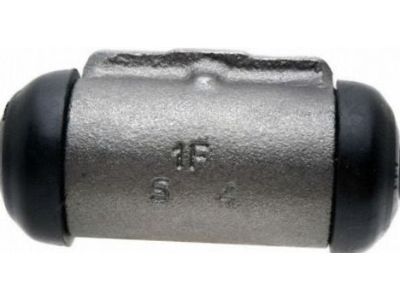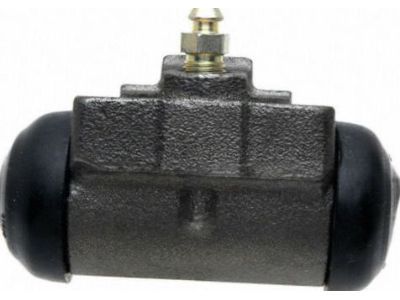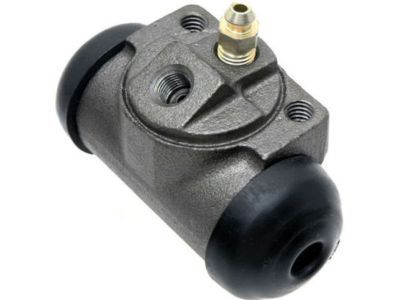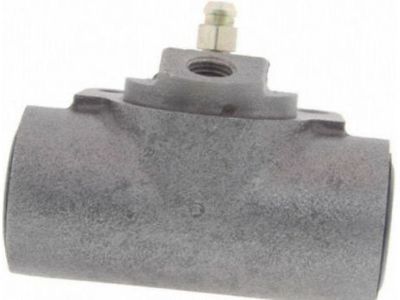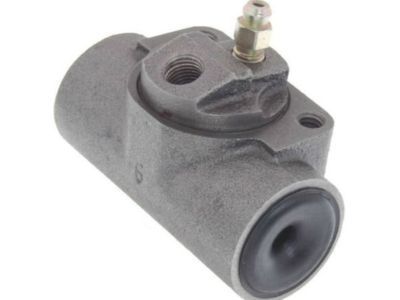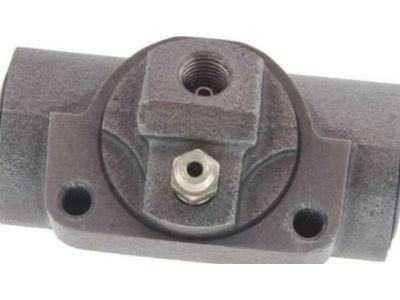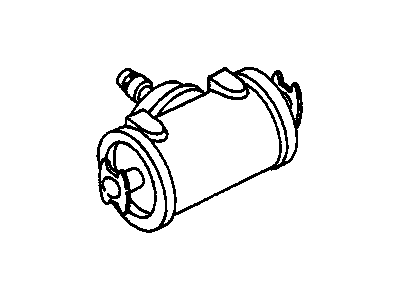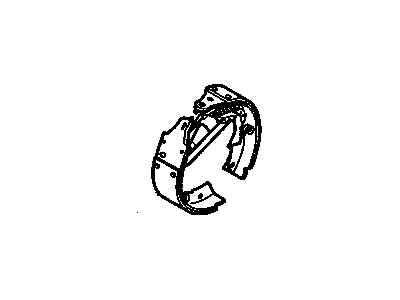
My Garage
My Account
Cart
Genuine Chevrolet Caprice Wheel Cylinder
Brake Wheel Cylinder- Select Vehicle by Model
- Select Vehicle by VIN
Select Vehicle by Model
orMake
Model
Year
Select Vehicle by VIN
For the most accurate results, select vehicle by your VIN (Vehicle Identification Number).
5 Wheel Cylinders found
Chevrolet Caprice Cylinder Asm,Rear Brake
Part Number: 19213345$51.47 MSRP: $100.35You Save: $48.88 (49%)Ships in 1-2 Business DaysChevrolet Caprice Cylinder Asm,Rear Brake
Part Number: 19175552$12.77 MSRP: $24.11You Save: $11.34 (48%)Ships in 1-3 Business DaysChevrolet Caprice Cylinder Asm,Rear Brake
Part Number: 19175609$10.77 MSRP: $20.32You Save: $9.55 (47%)
Chevrolet Caprice Wheel Cylinder
Wheel Cylinder in Chevrolet Caprice automobile is part of the hydraulic drum brake system that is formed to clamp brake shoes against the brake drum in order to stop the automobile. It works by hydraulic pressure which lifts the pistons within the cylinder thus pushing the shoes against the drum. The Wheel Cylinder normally has a central cylinder made from metal, rubber piston seals, and an expander spring whereas modern wheels are mostly made of Aluminum rather than cast iron for a seamless resistance to rust. Throughout years of production, Chevrolet Caprice models have applied different types of Wheel Cylinder such as has a dual single-piston arrangement. As the structure shows, the primary purpose of a roof is to provide shelter and protection to a building's occupants however, what may vary include the following. Cleaning and lubrication should be done often, any sign of leakage or rust, the brake's efficiency will be compromised immediately. Further when the brake shoes are being serviced on Chevrolet Caprice vehicles then it is recommendable that the Wheel Cylinder is either rebuilt or replaced for the optimal braking result.
Each OEM Chevrolet Caprice Wheel Cylinder we offer is competitively priced and comes with the assurance of the manufacturer's warranty for the part. Furthermore, we guarantee the speedy delivery of your orders right to your doorstep. Our hassle-free return policy is also in place for your peace of mind.
Chevrolet Caprice Wheel Cylinder Parts Questions & Experts Answers
- Q: How to replace a wheel cylinder on Chevrolet Caprice?A:Raise the vehicle and remove the wheel, then take off the Brake Drum. Clean around the hydraulic connection to the wheel cylinder and disconnect the line, plugging the end to prevent fluid loss and dirt contamination. Remove the brake shoe pull back springs, followed by the screws securing the cylinder to the flange plate, and disengage the push rods from the brake shoes to remove the cylinder. Using pliers, take off the boots from the cylinder and discard them, along with the piston cups. Inspect the cylinder bore and pistons for corrosion and pitting, discarding any pitted components, while polishing stained surfaces with crocus cloth around the circumference. Ensure hands are clean, dry, and free from contaminants, then clean the metal parts in new brake fluid or denatured alcohol, shaking off any surplus fluid for ease of handling. Lubricate the cylinder with clean brake fluid and insert the spring expander assembly, followed by new cups that must be clean, dry, and not lubricated, ensuring the flat surface is forward to enter the ends of the cylinder. Install the pistons with the flat surface uppermost without lubrication, then press new boots into the cylinder counter bores without lubrication. Position the wheel cylinder on the brake flange plate and install screws loosely, followed by the push rods and pull back springs, connecting the hydraulic line to the cylinder while adjusting as necessary to prevent stripping the threads. Tighten the cylinder mounting screws, install the brake drum and wheel, and bleed the braking system before lowering the vehicle to the ground.
